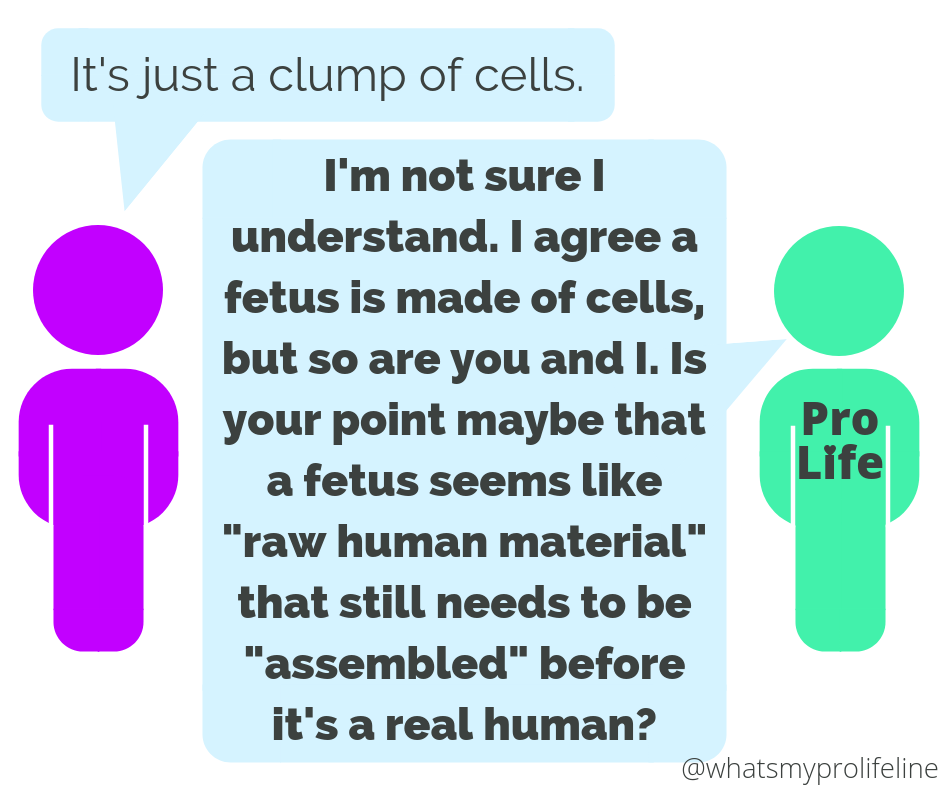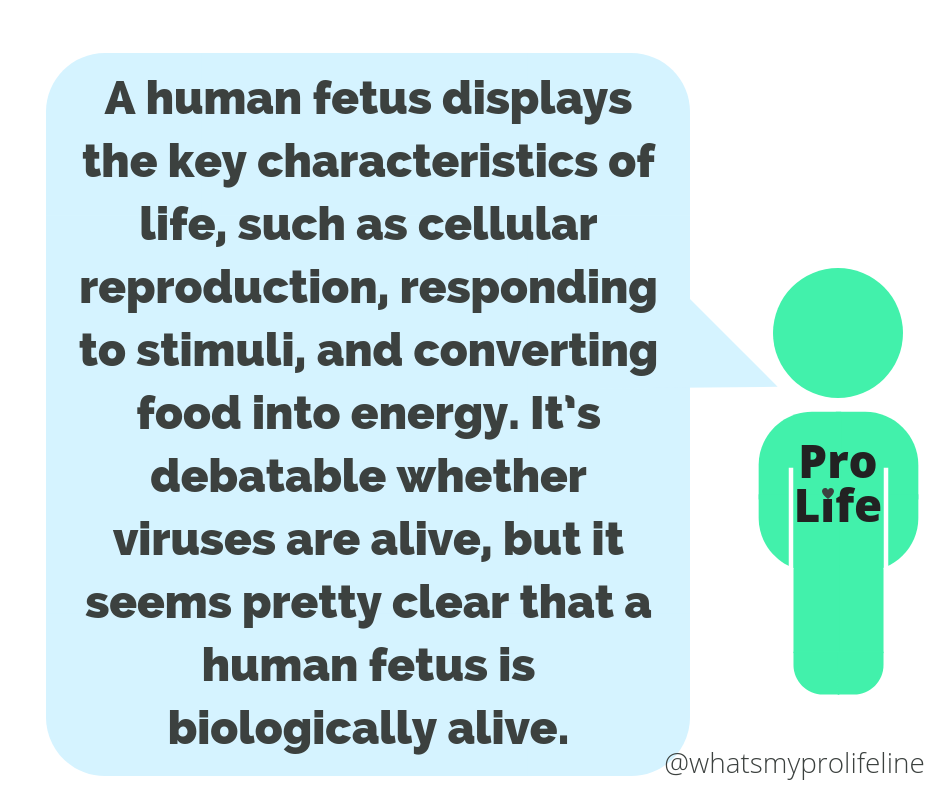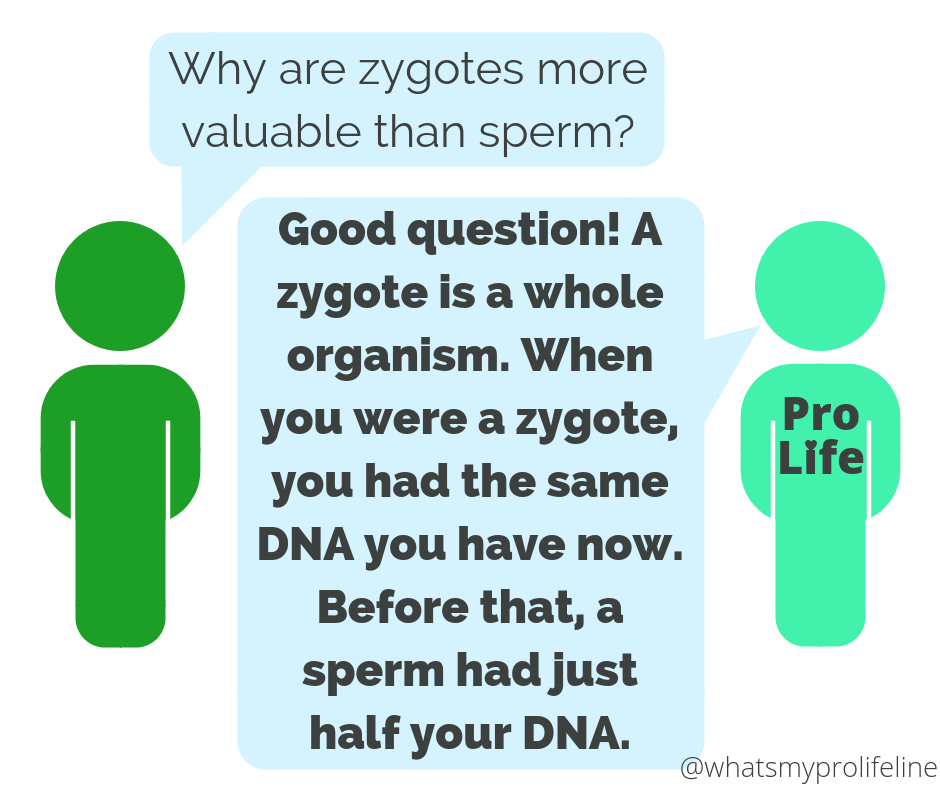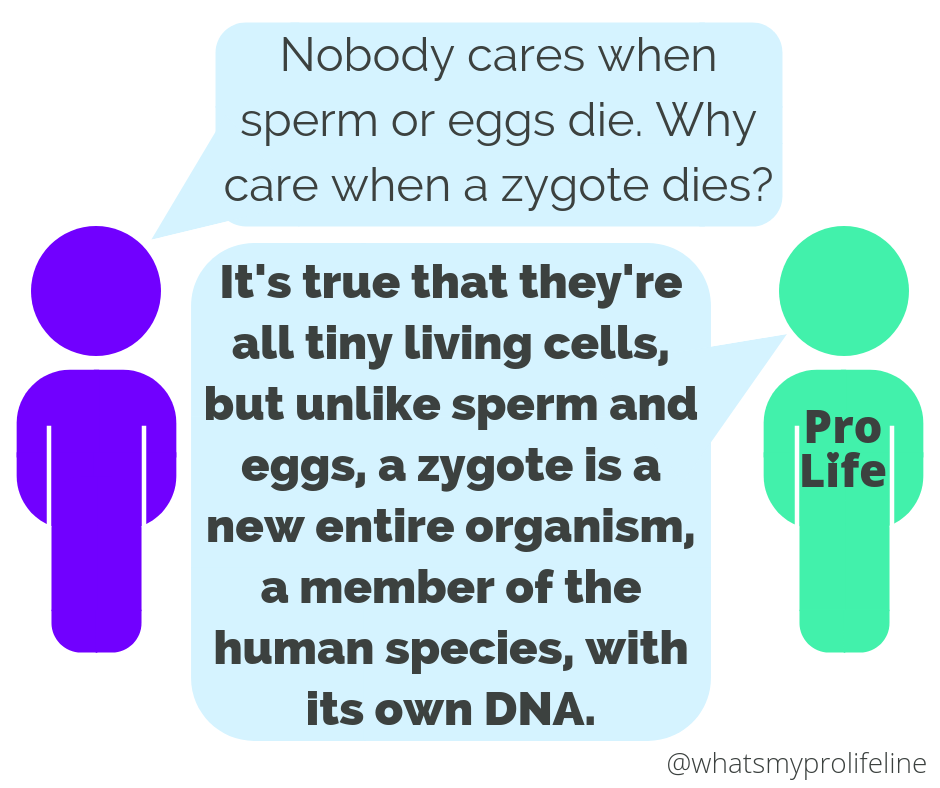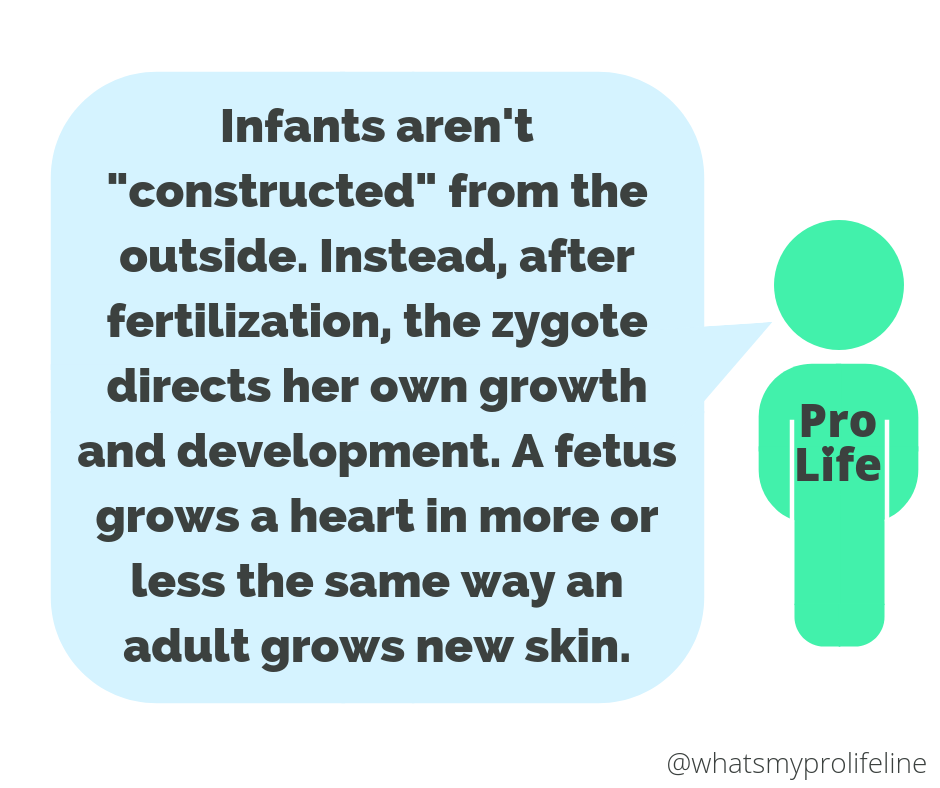
Self-Directed Development
The fetus references her own DNA to develop its own organs. The mother provides things like food, water, and shelter. For more information about why this point is important, check out this essay by law professor Richard Stith.
First posted